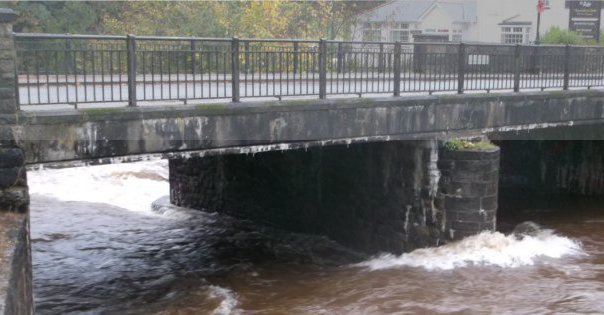
Flood Estimation Handbook (FEH) Studies
Industry Standard Method
The Flood Estimation Handbook (FEH) is the industry standard method for assessing flood flows in watercourses in the UK. The software is produced by the UK Centre for Ecology and Hydrology and Wallingford HydroSolutions Ltd.
The estimation of flows in watercourses is one of the basic inputs into hydraulic river modelling which via flood risk assessments (in England) and flood consequence assessments (in Wales) inform the planning system.
We are currently using FEH ReFH2 and WINFAP4 software.
Background
The FEH, originally published in 1999, is a development of the Flood Studies Report methodology of 1975 and includes two methods for flood estimation, the Statistical procedure (WINFAP) and the Revitalised Flood Hydrograph (ReFH) rainfall-runoff method. The statistical procedure can provide a peak flow estimate of a given return period at both gauged and ungauged sites. The ReFH method can also be used to estimate peak flows but in addition can also generate design flood hydrographs.
The data for over four million catchments in the UK is obtained from the Flood Estimation Handbook Web Service. The information on individual catchments (catchment descriptors) includes values for catchment area, annual rainfall and various soil characteristics among many other things.
Statistical and ReFH Methods
Since the 1950's, large numbers of river gauging stations have been systematically recording flows in rivers and the analysis of the data produced is the basis of the statistical method. The statistical method itself incorporates several possible methodologies but in any event is a two stage process. The first stage is to estimate the QMED flow, that is the 1 in 2 year return period flood. The second stage is then to derive a growth curve for the site, this determines the relationship between the QMED and other return period flows. Depending on the data available this might be done solely on the data for the study site or might be derived from similar sites with suitable data by use of a 'pooled analysis'.
The ReFH method uses a mathematical model which estimates the losses to rain falling on the catchment resulting from evaporation, interception by plants and infiltration into the ground, etc and routes the resulting runoff through the catchment. The model also estimates the initial base flow in the watercourse and then the increase in base flow caused by the rainfall. The flow in the watercourse is the total of the runoff and the base flows.
The Environment Agency's (EA's) 'Flood Estimation Guidelines' is a good practical source of information on the application of the FEH methodology and is supplemented in Wales by Natural Resources Wales' Guidance Notes. The choice of approach to a particular study will usually be influenced by the aims of the study and the available information.
Uncertainty
When carrying out assessments of the likely peak flows in rivers and streams, it should always be born in mind that to quote the EA, 'flood estimation is an uncertain business'. To help to minimise the uncertainty we are aware that there is a need to think about the choices we make and not simply put data into the software and accept the results at face value.
Contact Us
A Flood Estimation Handbook Study is site specific so please contact us for further information including a free no obligation quotation.
Photograph: Marcroft Weir river gauging station (58012) on the River Afan.



